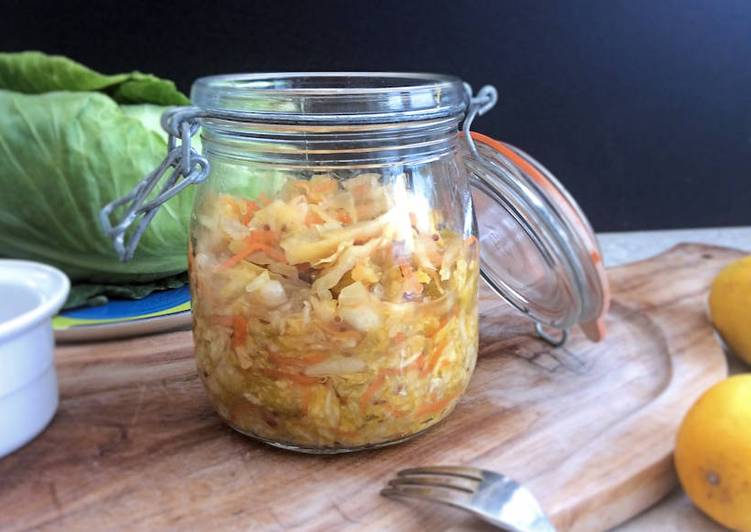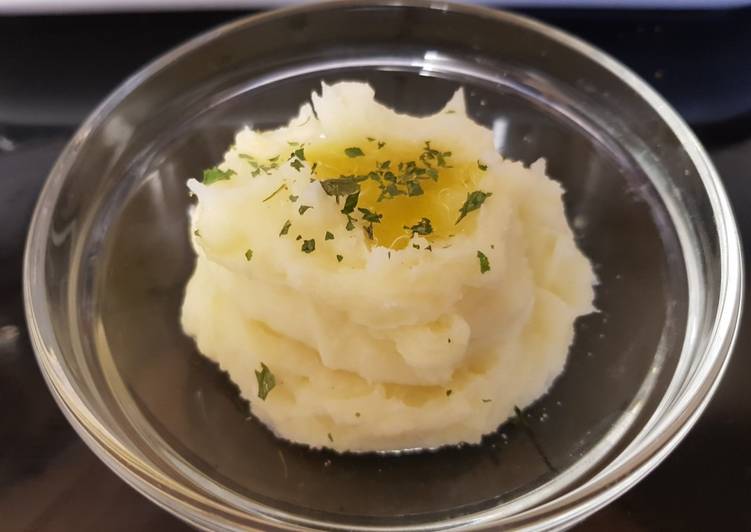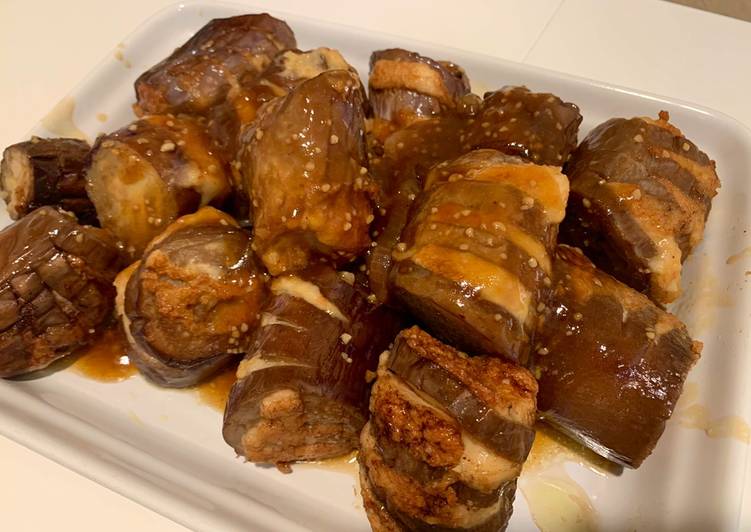
Hello everybody, it’s Jim, welcome to my recipe site. Today, we’re going to prepare a special dish, sauerkraut. One of my favorites. This time, I will make it a little bit tasty. This will be really delicious.
Sauerkraut is one of the most popular of recent trending meals on earth. It’s easy, it’s fast, it tastes yummy. It’s enjoyed by millions every day. Sauerkraut is something which I have loved my whole life. They are nice and they look wonderful.
Compare Prices on Crock For Sauerkraut in Kitchen & Dining. Save On Organic Food, Natural Snacks, Nut Butters, Tea, Coffee, and Bars, at Vitacost®! I can make organic sauerkraut for much less than that.
To get started with this particular recipe, we have to prepare a few ingredients. You can cook sauerkraut using 8 ingredients and 7 steps. Here is how you cook it.
The ingredients needed to make Sauerkraut:
- Prepare 1 head spring cabbage, about 450-500g when shredded
- Make ready 1 medium carrot
- Make ready 3 garlic cloves, peeled and roughly chopped
- Prepare 10 g good quality sea salt
- Take 1 dried chili, deseeded and snipped into little pieces with scissors
- Prepare 1 tsp caraway seeds
- Get 1 tsp black mustard seeds
- Get 1/2 tsp fennel seeds
Sauerkraut is a traditional dish of fermented vegetables. Learn how to make your own sauerkraut with this simple how-to from Food Network. Sauerkraut is a type of fermented cabbage with major health benefits. Weighting and Pressing Kraut in a Crock.
Instructions to make Sauerkraut:
- This amount of cabbage makes less than one 1 litre jar, kilner or an ordinary jar with a well-fitting lid.
- Shred the cabbage quite finely, discarding any blemished outer leaves but save one. Julienne or coarsely grate the carrot.
- Place the vegetables with the garlic in a large bowl, add the salt and rub it into the cabbage with your hands for a couple of minutes. Cover the bowl with a clean cloth and leave for a few hours, up to overnight.
- Rinse the jar with boiling water. Add the spices and chili and toss them through the cabbage with your hands. Put the cabbage into the jar in four or five goes, packing it tightly in with a handle of a wooden spoon or a meat mallet. Pour any left juices over the top.
- Rinse the spare leaf and press it into the jar on top of the cabbage – ideally there should be enough juice to cover it, the leaf is there to keep it immersed. Weigh the leaf down with a clean large pebble, a cup or a small bowl, anything that will fit into the jar. Leave it open but cover with a piece of muslin or a clean cloth.
- After 24 hours check if the cabbage has not floated to the top, press it down again with the wooden spoon to get rid of any trapped air, recover with the leaf, bowl and the cloth and keep it in a cool, darkish spot. The fermenting will take between 1 – 3 weeks, depending on the season and the temperatures.
- After a week start tasting the sauerkraut. When it’s sour and tart enough for you, discard the leaf, close the jar with the lid and keep the sauerkraut in the fridge.
Place shredded cabbage and salt in a large fermentation crock or bowl. Instead of pounding, weigh the cabbage down with heavy bowls or pebbles. Press on the weights regularly to draw the natural juices out of the cabbage and submerge the cabbage slowly in the brine. Sauerkraut is made by a process called lacto-fermentation. To put it (fairly) simply: There is beneficial bacteria present on the surface of the cabbage and, in fact, all fruits and vegetables.
So that’s going to wrap it up with this special food sauerkraut recipe. Thank you very much for reading. I’m sure you can make this at home. There’s gonna be interesting food at home recipes coming up. Don’t forget to save this page in your browser, and share it to your family, colleague and friends. Thanks again for reading. Go on get cooking!


